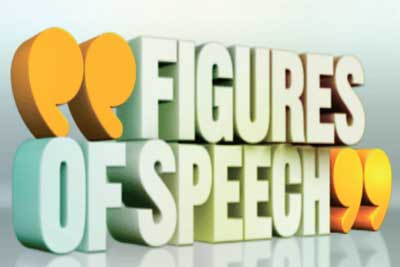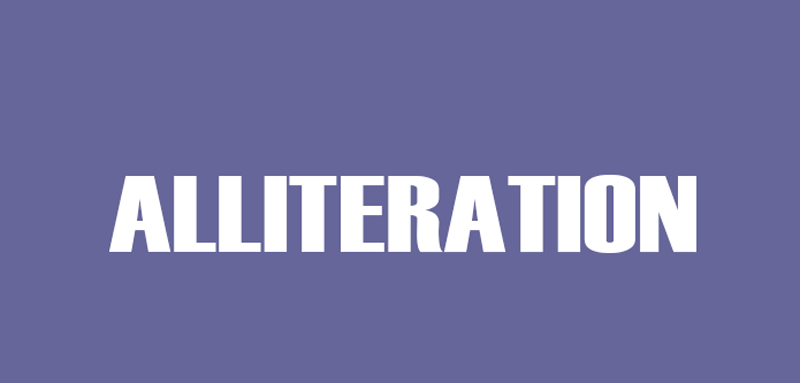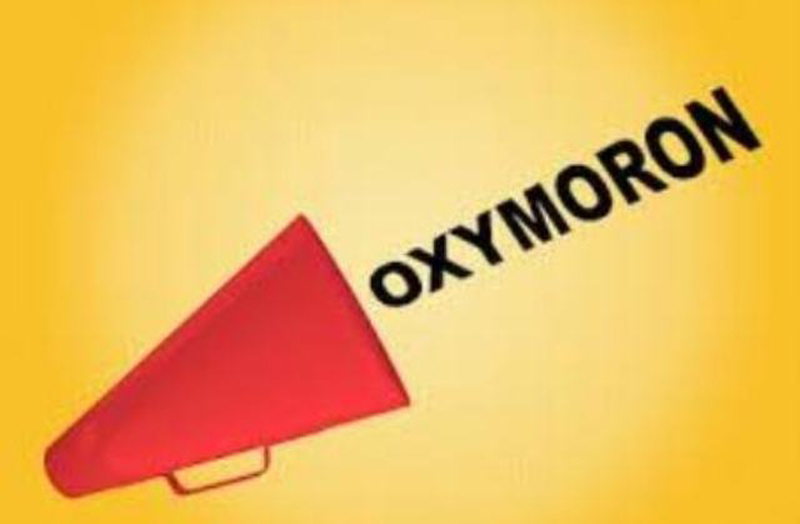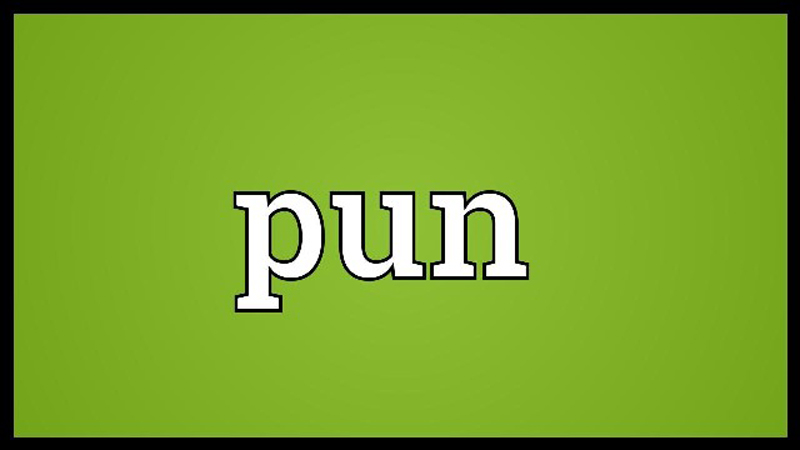
A figure of speech, also known as rhetorical figure, is a phrase or word, which has a specialized meaning that is not based on the literal meaning of the particular word or words and that is why it helps to create a vivid rhetorical effect. In other words, a figure of speech is a word or phrase that means something more or something other than it seems to say. Thus, a figure of speech can be described as a type of figurative language that departs from the conventional word order or meaning.
There are dozens of figures of speech. Here are a few of them with detailed descriptions and examples.

A Simile is one of the most common forms of a figure of speech that uses comparison. In a simile, two specific words ‘like’ and ‘as’ are used to compare two unlikely things, that actually have no similarity. For example, let us take a sentence – ‘Rani Durgavati was as brave as a lion’. Here Rani Durgavati and her bravery are compared to a lion, which is an illogical comparison. However, the lyrical quality is used to declare that she was very brave. Some other examples of simile are: My heart is like a singing bird. / He is coward like a mouse. / The girl is sweet like an angel.

Like a Simile, a Metaphor is also used to compare things that are in no way similar, but it does so to bring out the symbolism. It sounds absurd, if we say, ’Robert is a chicken’. But the metaphor suggests that, Robert is a coward. Some other examples of metaphor are: The classroom was a zoo. / She was dancing like a peacock. / All the world is a stage.

Personification is a very interesting figure of speech, where we personify or represent a non-human entity as human and give an inanimate object or an intangible idea of some human qualities. It is used to portray the object as alive and help the listener or reader to imagine a vivid picture. Here again, if we take the words at their literal meaning they will sound absolutely absurd. For example, let us take a sentence – ‘The moon is smiling at us.’ Obviously the moon cannot smile, only people can. This is what we call personification. Here are some examples of personification: Opportunity is knocking at your door. / The storm howled in the night. / The sun is playing hide and seek with the clouds in the morning sky.

In the Greek language, ‘Hyperbole’ stands for ‘excess’. Hyperboles are also used to overstate something to emphasize the importance and thus, exaggerate a statement, which is never meant to be taken at its literal meaning. Hyperboles are used to create a strong and lasting impression. Examples: I have told you a thousand times, not to play in the rain. / My dad is going to kill me. / That old lady walks slower than a snail.

‘Onomatopoeia’ stands for ‘making or creating names’ in the Greek language. However, onomatopoeia is a figure of speech where words or phrases imitate and indicate sounds. It is the process of creating a word that phonetically imitates, resembles, or suggests the sound that it describes. Examples: Whenever a visitor arrives, his dog starts to bark. / The cock crows in the morning. / The flag was flapping in the wind.

Alliteration is a figure of speech, which is characterized by the repetition of identical or similar sounds at the beginning of words. It is, in fact, the repetition of an initial consonant sound. A classic and widely known example of alliteration is: She sells
Seashells by the seashore. The following are examples of Alliteration: The paid Peter Piper picked a peck of pickled peppers. / Greedy goats gobbled up gooseberries. / Six sisters are sleeping soundlessly on the silver sand.

An oxymoron is a figure of speech in which two contradictory words are used to express a new or a complex meaning. Oxymorons are figurative, because their effect comes from a combination of the two words that goes beyond the literal meanings of those words. Examples: There is a love-hate relationship between the two sisters. / The patient was absolutely unsure of the nature of his illness. / The deafening silence of the place was simply unbearable.

A Pun is a figure of speech that plays with words with similar sounds but different meanings, to produce a humorous effect. However, they can also be used in a non-humorous way. Examples: The boy had a photographic memory, but never developed that. / You are right, so I left. / The girl is climbing down the ladder to her boyfriend’s car.

Irony is a figure of speech in which words are used in a way that their intended meaning is different or even opposite from their actual meaning. In other words, Irony marks the contrast between what is said and what is meant, or between appearance and reality. Examples: Those kids get along like cats and dogs. / ‘Tiny’ is the biggest dog in the kennel. / His car was parked right in front of the no-parking sign.